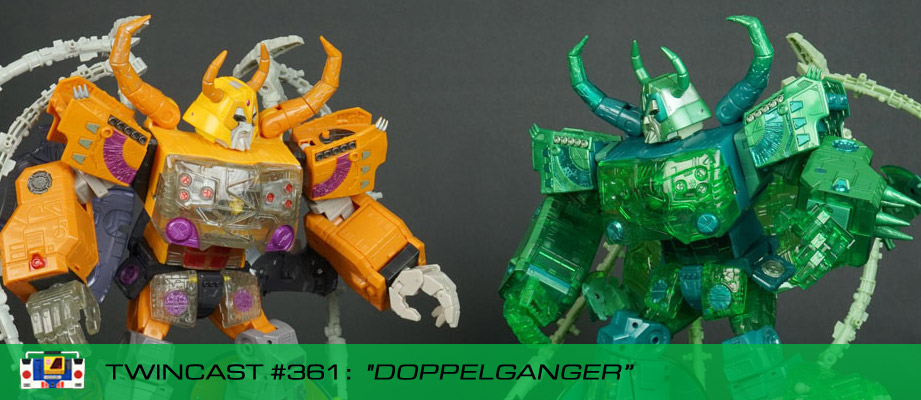Transformers and More @ The Seibertron Store








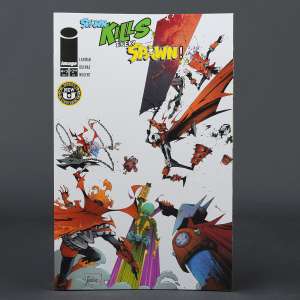

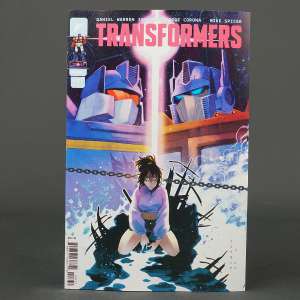



When the D.C. Public Space Committee gathers on Thursday to consider whether to allow two towering statues in the likeness of Optimus Prime and Bumblebee to remain standing outside a Georgetown home, they will hear from local residents, college students and the homeowner.
They will also hear from Optimus Prime and Bumblebee.
That’s right. This won’t be an ordinary hearing, or at least not a boring one.
The Autobots, in their own voices, will defend their place on the block, thanks to an attorney with a sense of humor and two actors who are used to rolling to the rescue.
Peter Cullen, who has served as the voice for Optimus Prime in the Transformers movies and animated series, and Dan Gilvezan, who gave voice to Bumblebee in the animated series, are listed on the petitioner’s witness list for the hearing.
“Bumblebee is going to testify and hopefully turn some heads,” Gilvezan told me on a recent evening.
The meeting will be held virtually, and Gilvezan plans to place a photo of Bumblebee on his screen and offer testimony in the voice that is familiar to fans. When we spoke, he considered what Bumblebee might say and two phrases came to him immediately: “Some of my best friends are human” and “I would hate to think I wasn’t welcome in Georgetown.”
“He’s a very innocent and youngish character,” Gilvezan said, “so I don’t think it would make sense to him as to why he wouldn’t be welcome.”
It may seem silly that the real Transformers are coming to the defense of the statues, but the controversy that has surrounded the figures since billionaire brain scientist Newton Howard placed them outside his home has been filled with silliness. Those statues have made people smile, pose for photos and leave gifts. They have also pitted neighbors against one another.
The 10-foot-plus figures are made from car parts and stand on two platforms that once held planters. Since putting the statues up, Howard has watched children stop to marvel at them and Georgetown University students make a point to walk by them. He has also seen his neighbors push for their removal. Neighbors have argued that the statues don’t fit with the aesthetic of the historic block of multimillion-dollar homes, could pose a safety hazard, have drawn unwanted traffic to the neighborhood, including from a motorcycle gang, and could encourage residents to put up statues of other figures. Joseph Stalin was named as an example.
In April, the Old Georgetown Board, a federal body made up of architects who review projects in the historic district, sided with Howard’s neighbors. They voted unanimously to deny his request to keep the statues standing outside his home.
The D.C. Public Space Committee, which is holding Thursday’s hearing, will take that recommendation into consideration before making a final determination.
Paul Strauss, an attorney who represents Howard, said the statues have now been up for two years, long enough to show that his neighbors’ concerns are unfounded. He said the figures are secured in place with anchors, no Stalin statues have been erected and a photo he saw of those bikers left him questioning what’s considered a motorcycle gang.
“It was some rich guy with a Ducati who probably does tax work,” Strauss said.
Strauss, who also serves as a D.C. shadow senator, said he plans to present a legally cogent defense at the hearing. (“If you’re doing something on or with your own property and it’s not hurting anyone else, you should be allowed to,” he said. “Let’s just err on the side of freedom.”) But he also plans to tap into the levity of the situation. (“Are we going to try to have some fun with this?” he said. “Absolutely.”)
If you ask Strauss whom he represents, he won’t say Howard. He will tell you he represents Optimus Prime and then quip that “Bumblebee, for ethics reasons, has separate counsel.” (Another attorney in his office, Marta Jara, is focusing on Bumblebee for reasons that are more logistical than ethical, but that explanation doesn’t sound as funny).
Strauss will also tell you how registering online to speak at the hearing posed a challenge for Optimus Prime and Bumblebee that humans don’t have to worry about: “My clients find the idea that before they can register they have to prove they’re not a robot a little bit discriminatory. We may have an equal protection challenge there.”
Strauss credits Emily Swallow, who grew up in the D.C. region and plays the armorer on “The Mandalorian,” for connecting him to Cullen and Gilvezan.
Howard, whose work involves using technology to try to cure neurodegenerative diseases, such as Alzheimer’s and Parkinson’s, described the willingness of Cullen and Gilvezan to speak at the hearing as “an amazing rallying of support that I did not expect.”
Howard also plans to speak at the hearing. He shared his statement with me, and it addresses how he has been humbled by the number of people who have expressed affection for the statues, how that display of art contributes to a neighborhood that “has a long history of eccentric artwork” and how, if he is allowed to keep those figures standing, he plans to get them routinely cleaned and inspected “to make sure they are putting their best foot forward at all times.”
When we spoke, Gilvezan wasn’t yet sure what he would say to the committee. But he told me he got behind the effort because children are going through a rough time right now and the statues give them joy.
“The world is awfully bleak in a lot of ways these days, especially for kids,” he said. The statues are something out of the ordinary — which is why people have a problem with them but also why they are needed, he said. “I love the idea that somebody is driving by with their kids and suddenly it’s, ‘Oh, its Bumblebee and Optimus Prime!’ It’s going to make their day, and to think that opportunity wouldn’t be afforded to them makes me sad. And it makes Bumblebee sad, too. I can promise you that.”
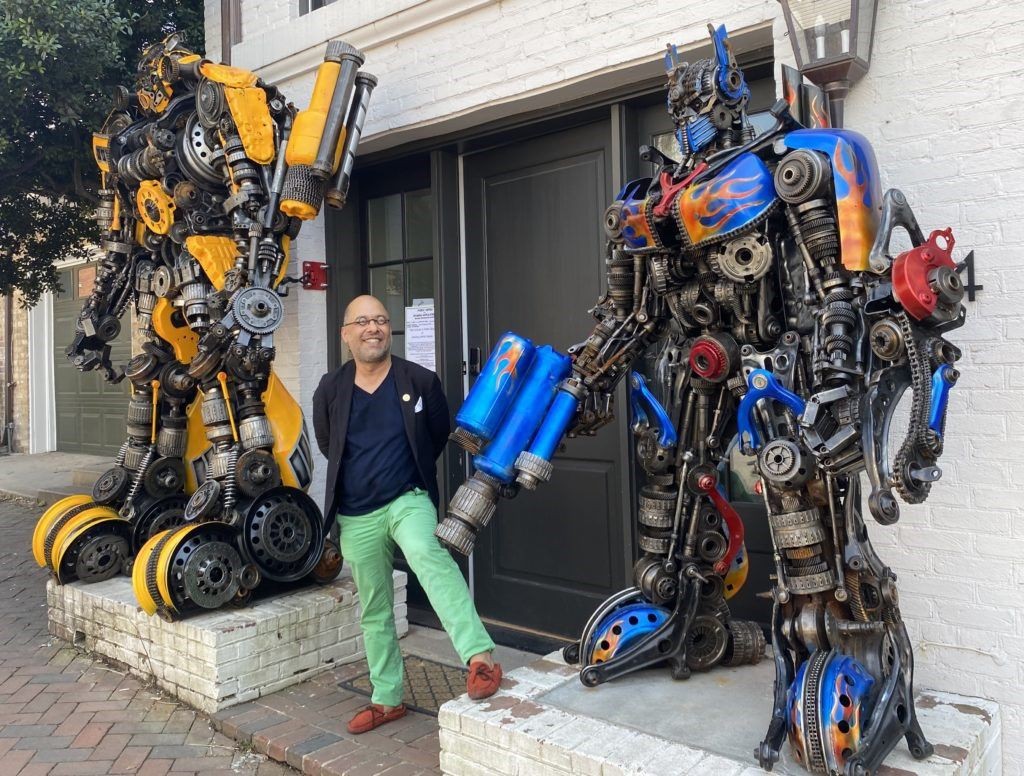


Silverwing wrote:Also, I feel compelled to give the obligatory:









One for each year of the Movieverse's decade strong tenure. Here's to a few more explosive years!
Rodimus Prime wrote:As for the Stalin suggestion, as ridiculous as it sounds, in this day and age, especially in a place like DC, it's definitely possible.


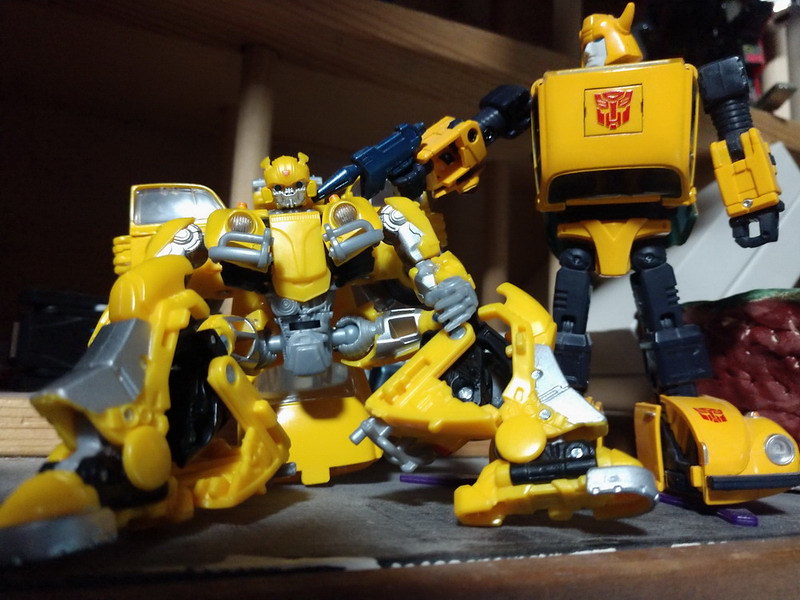
DeathReviews wrote:I see no harm in these statues. But the question must be asked - what if it was a statue displaying the Ten Commandments?

-Kanrabat- wrote:TF-fan kev777 wrote:First-Aid wrote:Okay, did anyone else notice that we all get a wonderful shot of Starscreams crotch anytime he sits in that throne? That's unnerving. Couldn't they have put n extra flap in there? It's....weird.
Its kind of like Basic Instinct, but not in a good way...
Goddammit, now I can't unsee it.
Same rules.DeathReviews wrote:I see no harm in these statues. But the question must be asked - what if it was a statue displaying the Ten Commandments?

william-james88 wrote:Must be nice to be a billionaire. They say money can't buy happiness, but with money this dude can just fly 2 voice actors from LA to have them speak as characters from an 80s tv show at a meeting. That might not be the definition of happiness to some, but I'll still take it.
-Kanrabat- wrote:TF-fan kev777 wrote:First-Aid wrote:Okay, did anyone else notice that we all get a wonderful shot of Starscreams crotch anytime he sits in that throne? That's unnerving. Couldn't they have put n extra flap in there? It's....weird.
Its kind of like Basic Instinct, but not in a good way...
Goddammit, now I can't unsee it.
First-Aid wrote:I'm more concerned about dude's pants color. Seriously? Mucus green?
First-Aid wrote:william-james88 wrote:Must be nice to be a billionaire. They say money can't buy happiness, but with money this dude can just fly 2 voice actors from LA to have them speak as characters from an 80s tv show at a meeting. That might not be the definition of happiness to some, but I'll still take it.
Honestly, if dude is a billionaire, he needs to pay someone to dress him better.
Can't...get...over...barf britches....

Or maybe, Dr. Seuss's pale green pants with nobody inside...Brokebot wrote:First-Aid wrote:I'm more concerned about dude's pants color. Seriously? Mucus green?
Article says he's a "brain scientist." Chances are, those are scrub pants. Lab/hospital attire.First-Aid wrote:william-james88 wrote:Must be nice to be a billionaire. They say money can't buy happiness, but with money this dude can just fly 2 voice actors from LA to have them speak as characters from an 80s tv show at a meeting. That might not be the definition of happiness to some, but I'll still take it.
Honestly, if dude is a billionaire, he needs to pay someone to dress him better.
Can't...get...over...barf britches....
See above.
Brokebot wrote:First-Aid wrote:I'm more concerned about dude's pants color. Seriously? Mucus green?
Article says he's a "brain scientist." Chances are, those are scrub pants. Lab/hospital attire.First-Aid wrote:william-james88 wrote:Must be nice to be a billionaire. They say money can't buy happiness, but with money this dude can just fly 2 voice actors from LA to have them speak as characters from an 80s tv show at a meeting. That might not be the definition of happiness to some, but I'll still take it.
Honestly, if dude is a billionaire, he needs to pay someone to dress him better.
Can't...get...over...barf britches....
See above.
-Kanrabat- wrote:TF-fan kev777 wrote:First-Aid wrote:Okay, did anyone else notice that we all get a wonderful shot of Starscreams crotch anytime he sits in that throne? That's unnerving. Couldn't they have put n extra flap in there? It's....weird.
Its kind of like Basic Instinct, but not in a good way...
Goddammit, now I can't unsee it.

Rodimus Prime wrote:You're strangely fixated on an old man's goofy pants...
You don't spend much time at yuppie golf courses, do you?
-Kanrabat- wrote:TF-fan kev777 wrote:First-Aid wrote:Okay, did anyone else notice that we all get a wonderful shot of Starscreams crotch anytime he sits in that throne? That's unnerving. Couldn't they have put n extra flap in there? It's....weird.
Its kind of like Basic Instinct, but not in a good way...
Goddammit, now I can't unsee it.
Return to Transformers General Discussion
Registered users: Bing [Bot], Google [Bot], Google Adsense [Bot], UltOrange














